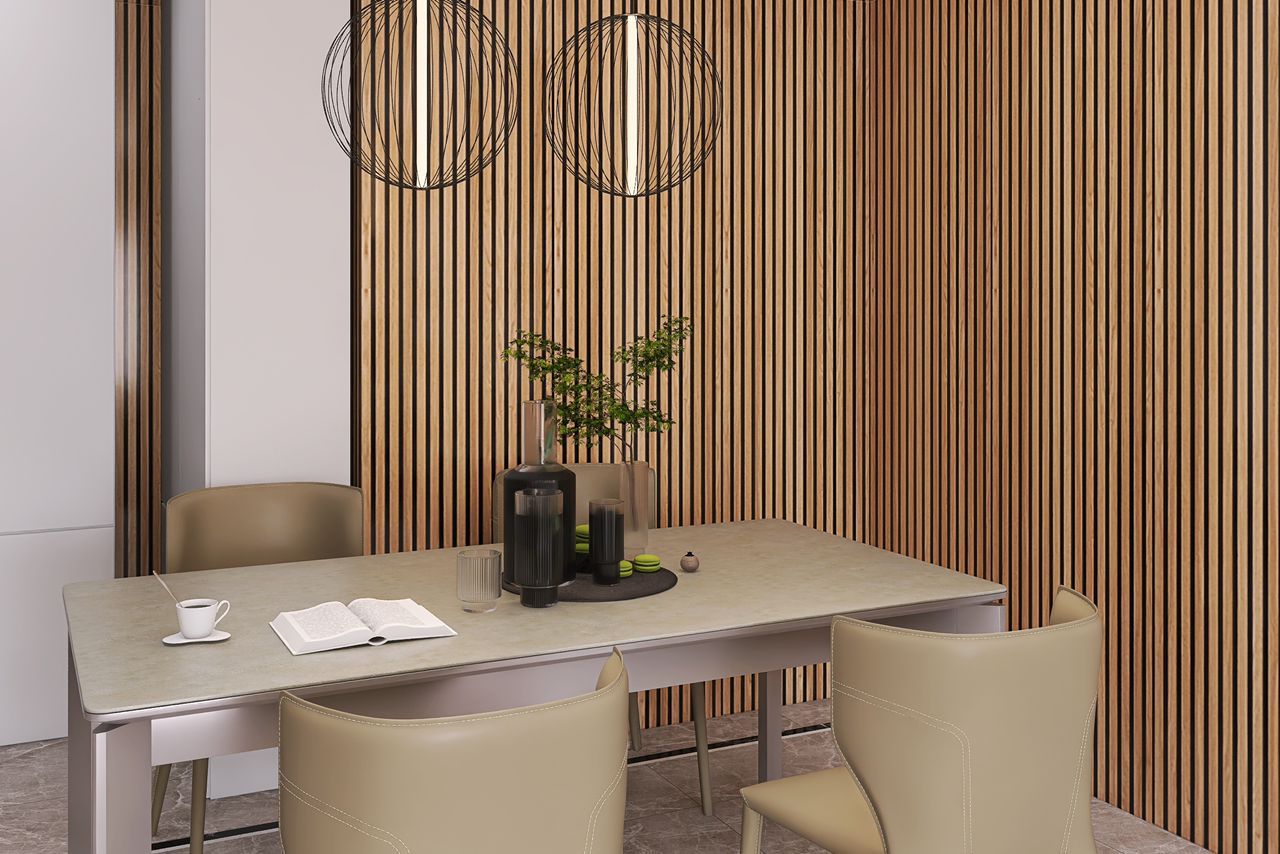Among the most intriguing and often-debated timelines in Scripture is the 1260 day prophecy—a period repeatedly mentioned across the prophetic books of Daniel and Revelation. For those exploring pivotal moments in biblical prophecy, this specific timeframe holds profound symbolic and historical meaning, offering insight into the struggles of God’s people, the nature of spiritual warfare, and the endurance of truth through adversity.
Where It Appears in the Bible
The 1260-day period is presented in various forms throughout scripture:
- “Time, times, and half a time” (Daniel 7:25; 12:7)
- “Forty-two months” (Revelation 11:2; 13:5)
- “1260 days” (Revelation 11:3; 12:6)
Though expressed differently, these all point to the same span of time—three and a half years based on a 30-day prophetic month. This period is tied to persecution, prophetic testimony, and divine preservation. For instance, in Revelation 12, the woman (often interpreted as God’s faithful people) flees into the wilderness for 1260 days, where she is divinely protected. In Revelation 11, two witnesses prophesy for the same duration, clothed in sackcloth—symbolizing hardship and faithfulness.
Symbolism and Interpretation
The 1260-day prophecy is widely seen as symbolic rather than literal. One of the most common approaches uses the day-for-a-year principle, where one prophetic day represents one calendar year. Based on this, many scholars and theologians view the 1260 days as 1260 years—an era believed to span from 538 AD (when papal authority gained power) to 1798 AD (when it was stripped away by Napoleon’s forces). This interpretation frames the prophecy as a warning about unchecked religious authority and a testimony to the resilience of those who held to the truth in times of suppression.
Spiritually, this period is also interpreted as a wilderness season—times when divine truth is preserved out of sight, protected from distortion. The witnesses in sackcloth represent voices of truth during an age of darkness. The repeated mention of 1260 days highlights its role as one of the pivotal moments in biblical prophecy, signaling both crisis and the quiet endurance of divine purpose.
Why It Still Matters Today
Even if one doesn’t subscribe to a specific historical interpretation, the 1260-day prophecy carries deep relevance. It reminds us that in seasons of difficulty—whether global or personal—truth is never abandoned, and faith is not forgotten. The wilderness may be long, but it is never without divine presence.
For those seeking a deeper understanding of prophetic timelines and how they relate to past and present events, the 1260-day prophecy serves as a gateway into broader prophetic patterns. It invites reflection on spiritual endurance, historical insight, and God’s hand in history.
To explore more about the 1260-day prophecy and other biblical prophecies, visit https://www.jrsbible.info/.

